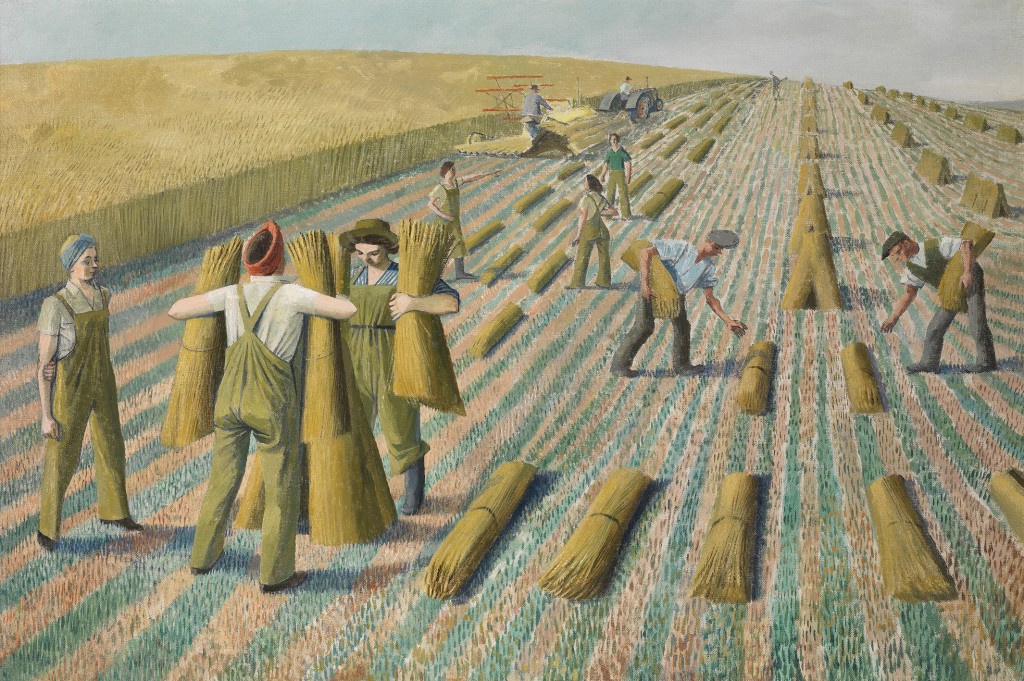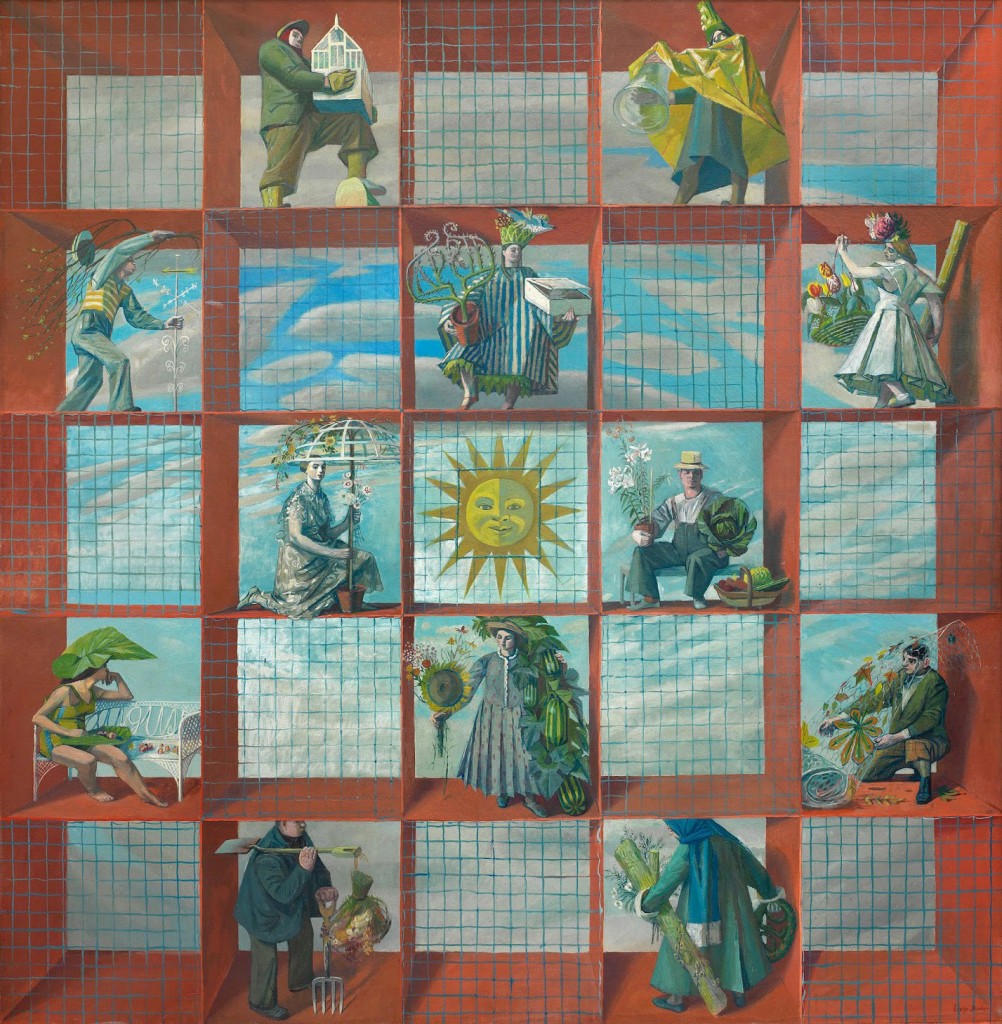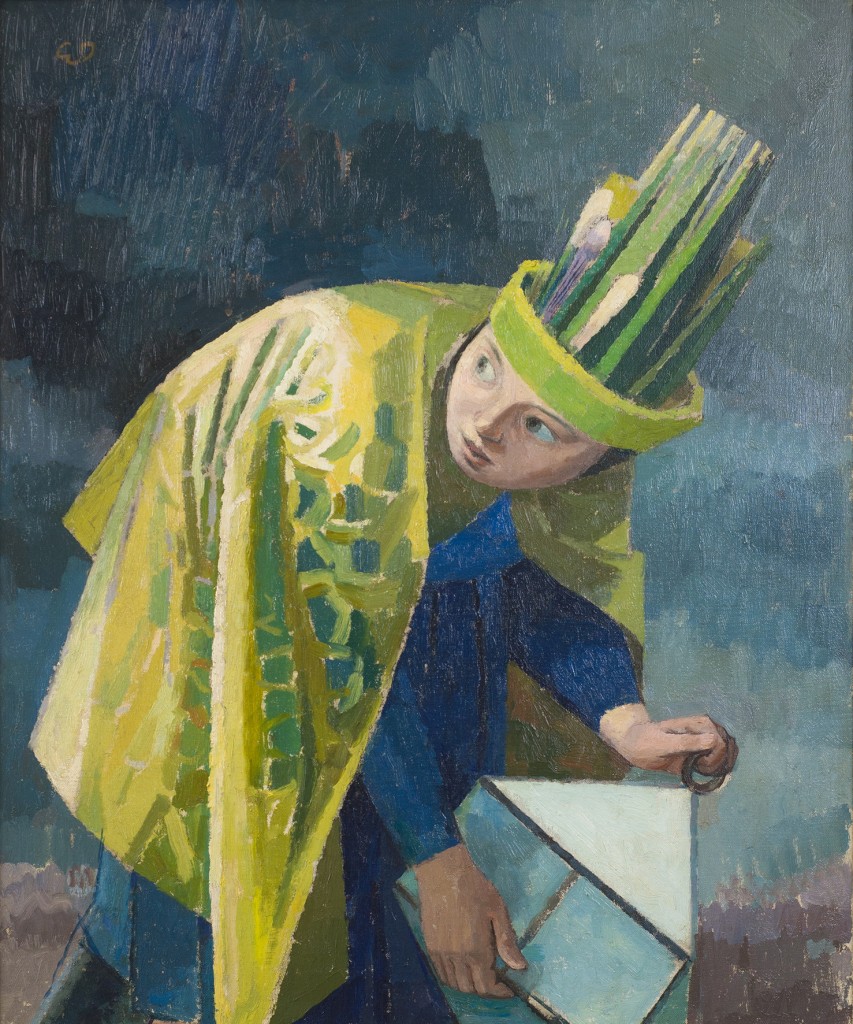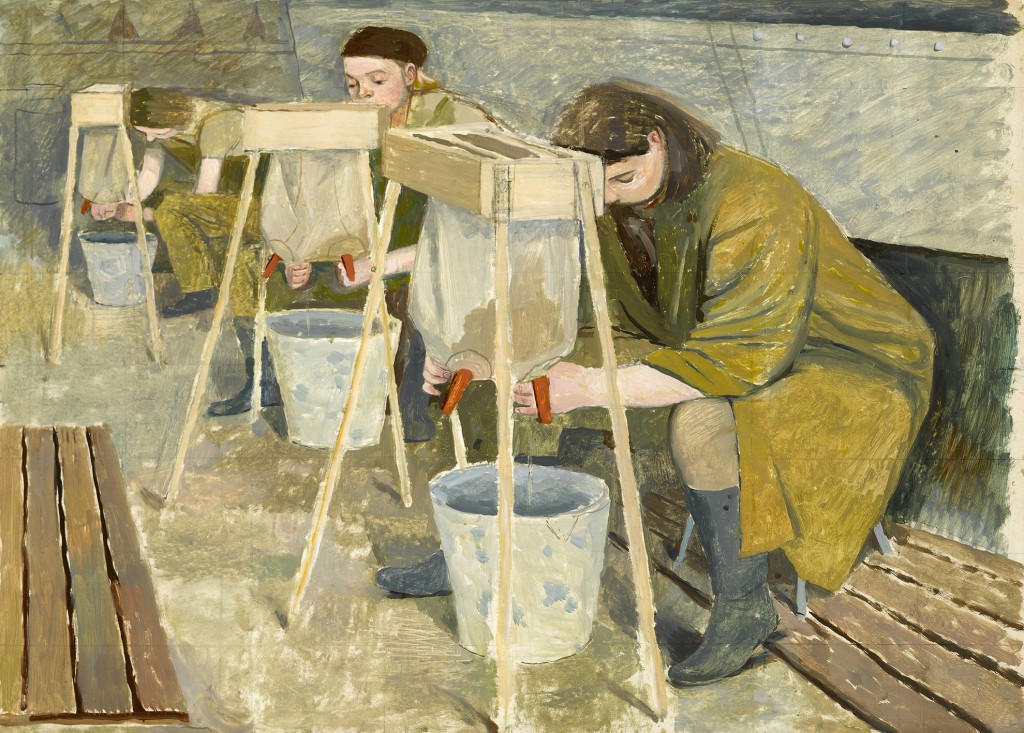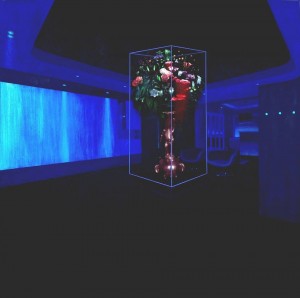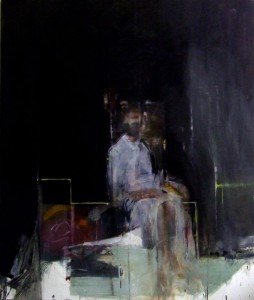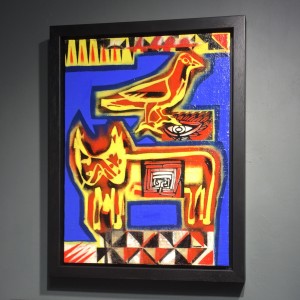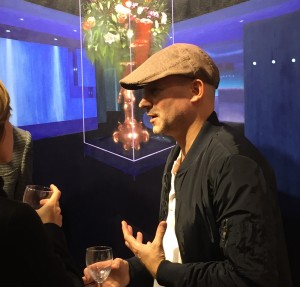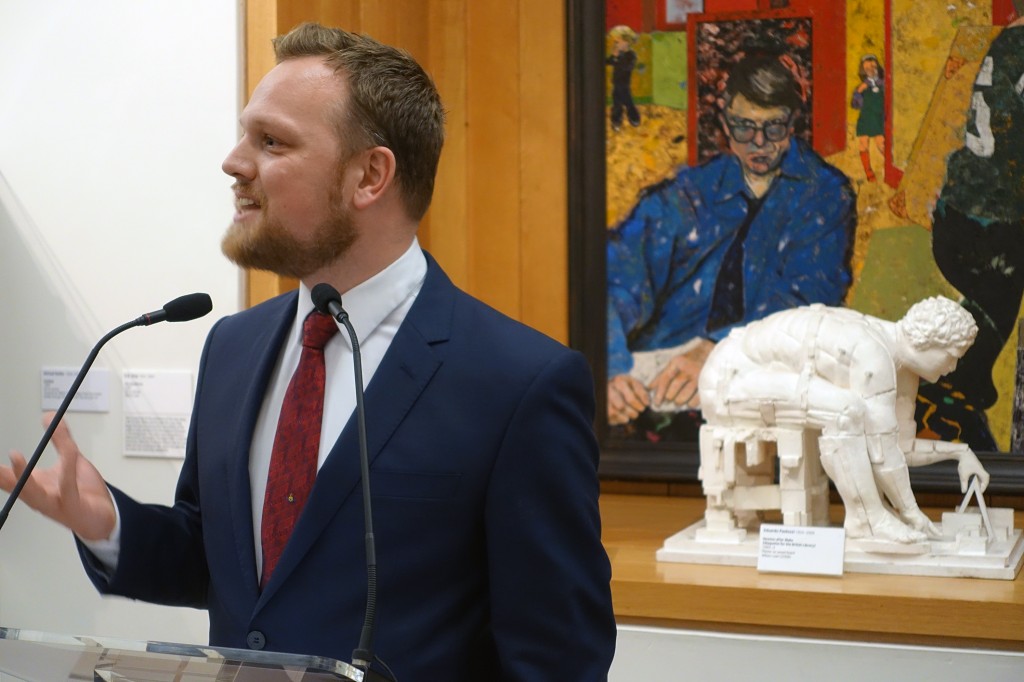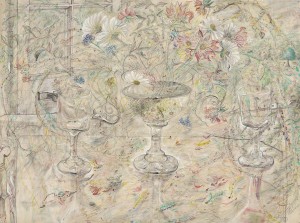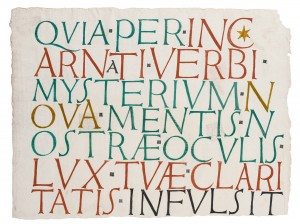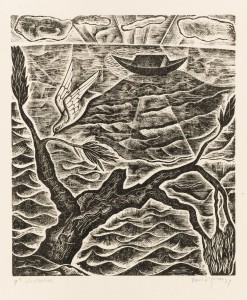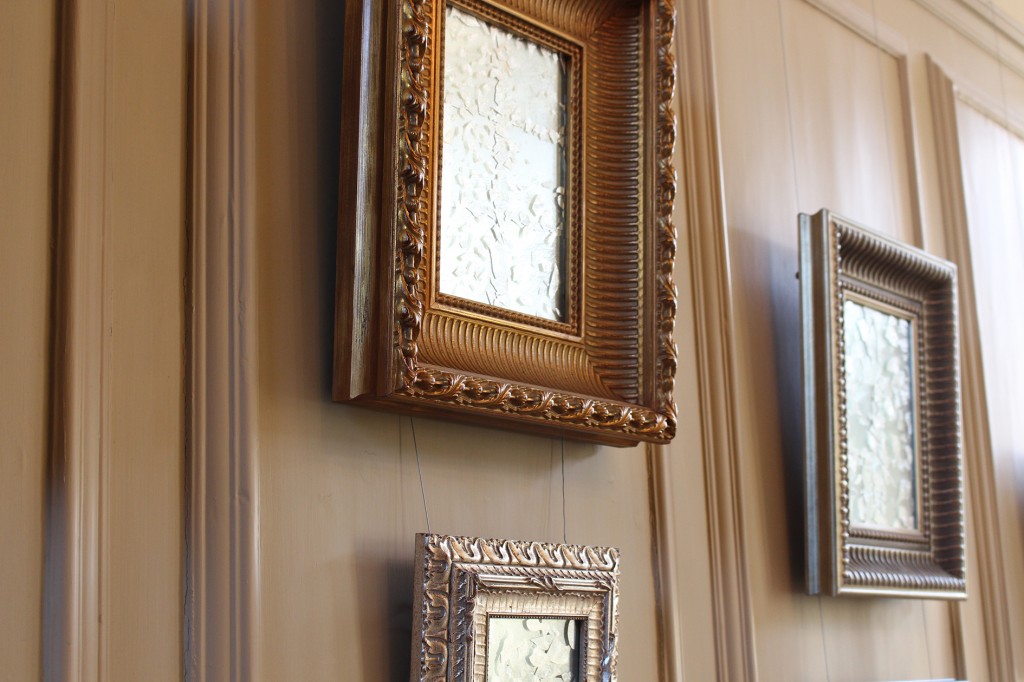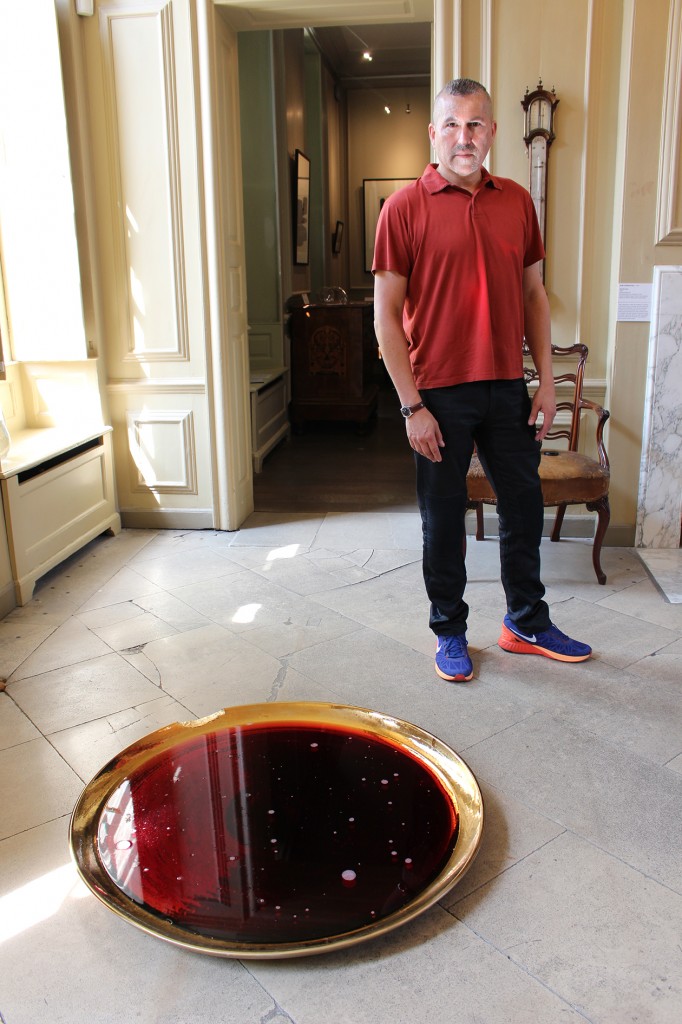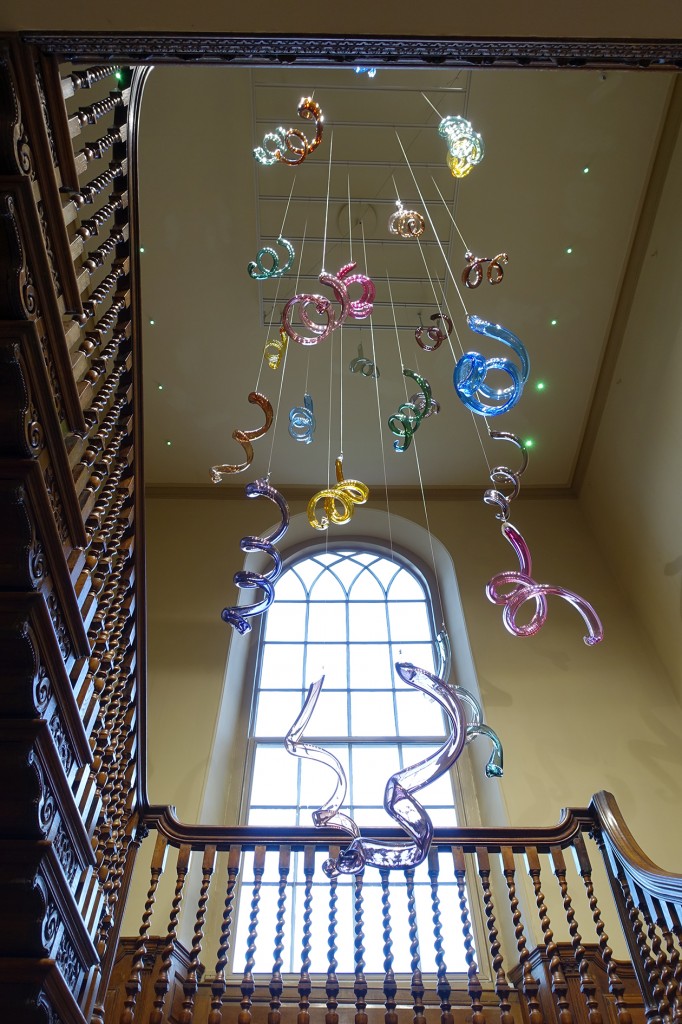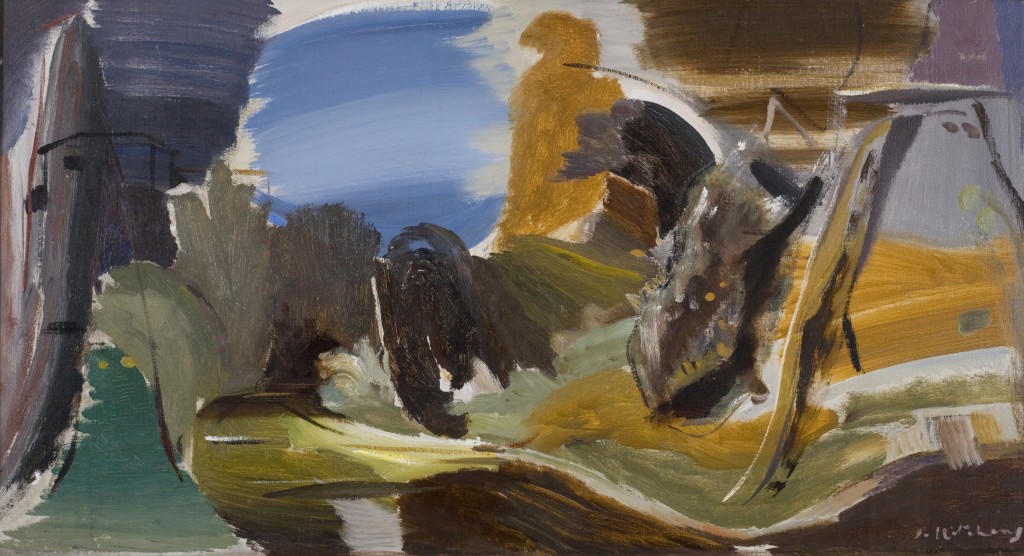
This week I am in the company of Gill Clarke, author, Guest Curator and Visiting Professor at the University of Chichester’s Otter Gallery. The exhibition, ‘The Bishop Otter Art Collection: A Celebration’, is located at both the University of Chichester and at Pallant House Gallery.
It celebrates the vision of Sheila McCririck (1916-2001), whose foresight created a remarkable collection of 20th century British Art. She was supported in this purpose by the Bishop Otter College Principal Betty Murray (1909-1998).
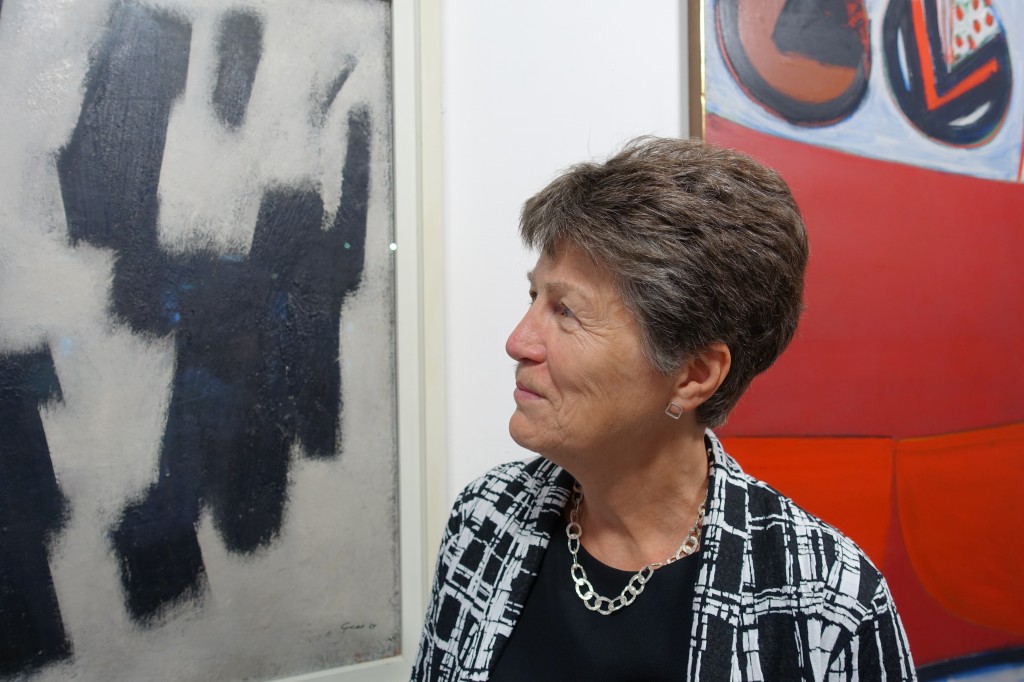
Gill Clark explains the philosophy behind the collection “Both women believed in the civilising influence of art and the educative value of its ability to challenge. To achieve this works had to be on open display, in accessible places. They were unconcerned about spiralling values and they were irritated by the constraints of insurance and security.”
The economic austerity of the post Second World War period provided the backdrop to artistic activity and educational thought. The integration of the arts and education became part of the rebuilding of Britain and was central to the purpose of the collection at Bishop Otter.
I have long been a supporter of Chichester University’s Bishop Otter Collection of Modern British Art and remark how I have always been impressed by its coherence, breadth and quality. Gill responds “Sheila McCririck’s choices were not arbitrary. Judgement always had to take precedence over taste – she never lost sight of the fact that she was buying for an institution. Her unerring eye, together with a professional and academic approach, is at the heart of this collection”
There can be no doubt that these women were making bold aesthetic choices which showed remarkable foresight. All the works represented in the exhibition are from the collection. They include artists like Henry Moore, Stanley Spencer, Paul Nash, Walter Sickert and Ivon Hitchens, alongside leading post war abstract painters such as Peter Lanyon, William Scott, Paul Feiler, William Scott, Patrick Heron, William Gear, Terry Frost and Sandra Blow.
The first painting to enter the collection was Ivon Hitchens’ ‘Autumn Stream’. Ivon Hitchens always sought to capture the essence of an object or scene. This landscape has a musical quality in its sense of rhythm, tone and movement. Indeed he famously said ‘My paintings are painted to be listened to.’ Hitchens had moved to West Sussex in 1940 after the bombing of his Hampstead home. Writing to Betty Murray in January 1951 he said ‘if there is any outcry about the picture – then let me have it back. But… I hope it will meet with general approval and be a worthy send off for your scheme.’
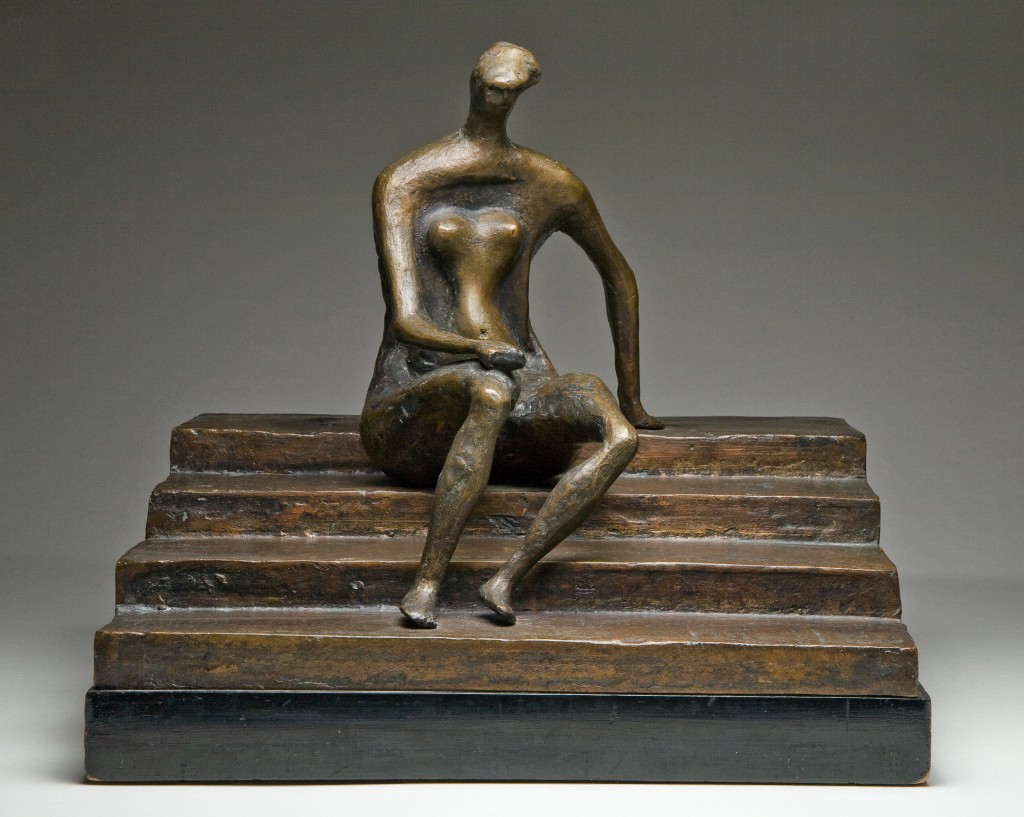
Henry Moore was also an early supporter of the College Collection and its premise that teachers should be exposed to leading examples of modern art. Initially he lent a bronze, ‘Seated Figure’, which was purchased by the college. When it was stolen Henry Moore generously sold them ‘Figure on Square Steps’, seen here, at a very favourable price.

These and other stunning works can be seen at the University’s Otter Gallery.
The display at Pallant House Gallery allows the visitor to see paintings from the collection in the domestic setting of the old house. This gives some sense of how they must have appeared to students back in the 1960s. Amongst these is Paul Feiler’s jewel – like abstract titled ‘Boats and Sea’. Its heavy blocks of colours is characteristic of his work at this date.
‘What treasures we lived with’ and ‘Amazing to have wandered past this art whilst a student’ are just some of the comments from students of the time giving voice to the quality of this collection.
Gill Clarke concludes “It’s a wonderful collection and it has been a great privilege to work with it. What a legacy Sheila McCririck and Betty Murray have left for the University and broader community.’
‘The Bishop Otter Art Collection: A Celebration’ runs until 9th October 2016 at the University of Chichester Otter Gallery and Pallant House Gallery. Gill Clarke has published an insightful accompanying book about the collection and its formation which is on sale at both venues. For more information and opening times go to www.pallant.org.uk and www.chi.ac.uk/current-exhibitions/bishop-otter-collection-celebration.
By Rupert Toovey, a senior director of Toovey’s, the leading fine art auction house in West Sussex, based on the A24 at Washington. Originally published in the West Sussex Gazette.
